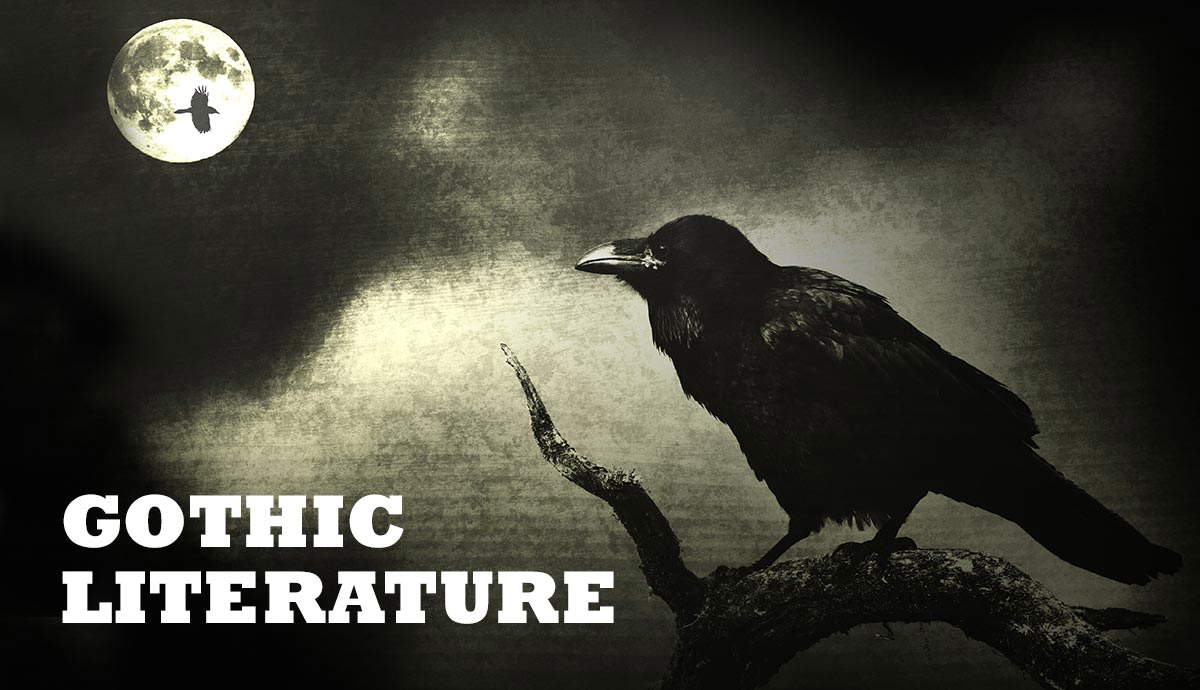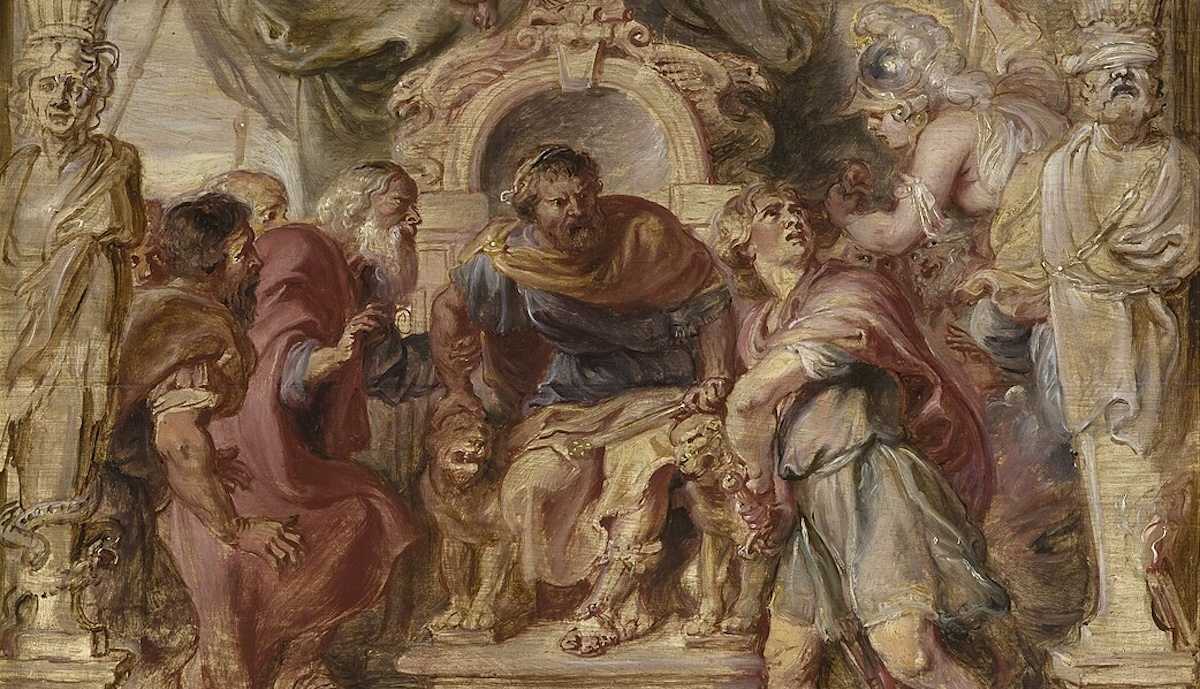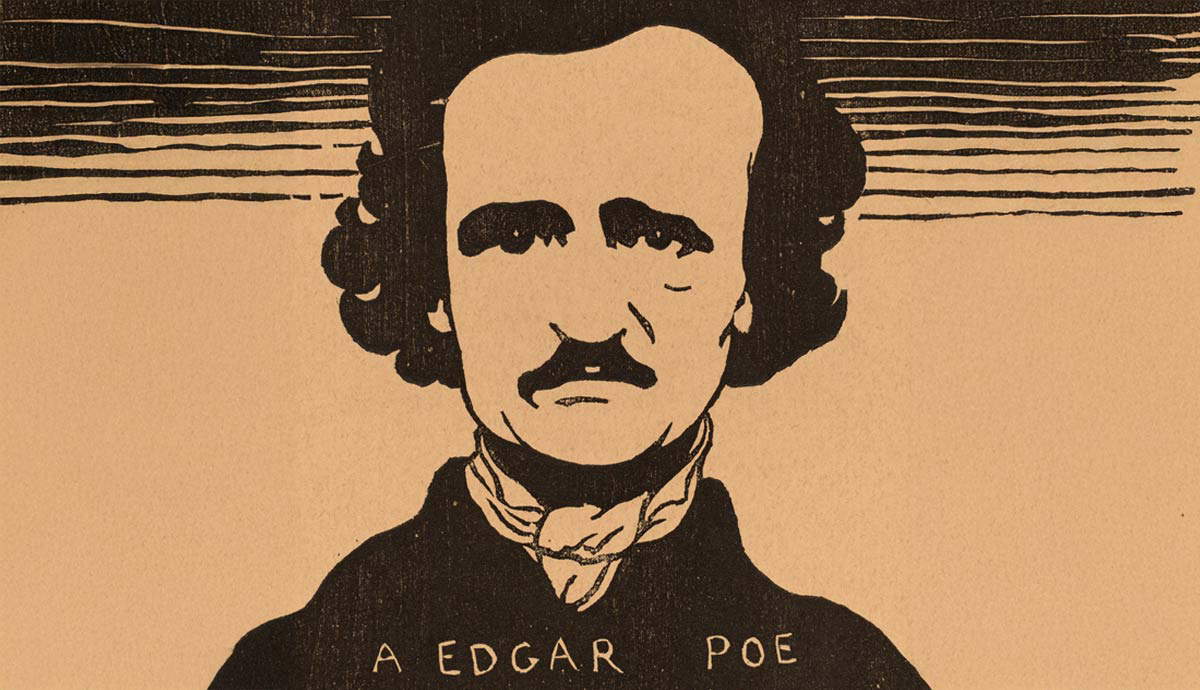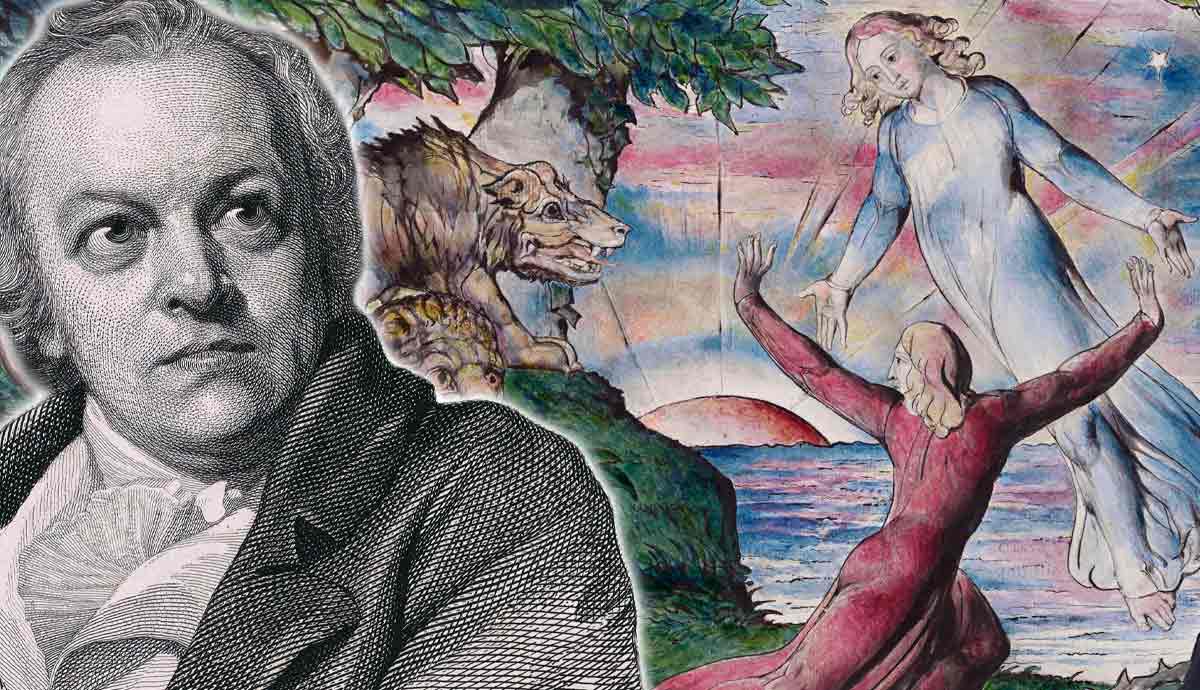
William Blake (1757–1827) was a visionary poet, artist and radical thinker who fused verse and image through his unique method of illuminated printing. His work, shaped by mysticism, revolutionary ideals and personal hardship, challenged the conventions of his time. Though once dismissed as eccentric, Blake later inspired figures like Allen Ginsberg and the Pre-Raphaelites, with Jerusalem becoming a lasting symbol of creative defiance.
William Blake: Beyond Poetry

William Blake was far more than a poet; he was a visionary artist, engraver, and radical thinker whose creative output spanned literature, visual art and philosophy. Trained as an engraver from the age of fourteen, Blake developed a distinctive style of illuminated printing that fused text and image, allowing him to publish works such as Songs of Innocence and of Experience and The Marriage of Heaven and Hell entirely on his own terms. His paintings and prints, often inspired by biblical and mythological themes, reflected his belief in the imagination as a divine force and challenged conventional religious and political ideologies.
Deeply influenced by the revolutionary spirit of the late eighteenth century, Blake maintained friendships with figures like Thomas Paine and drew on the ideas of Emanuel Swedenborg to construct his own mystical cosmology. Though dismissed as eccentric during his lifetime, Blake’s integration of poetry, art and spiritual vision has since earned him recognition as a foundational figure in Romanticism and a lasting influence on modern culture.
Blake’s Most Famous Works
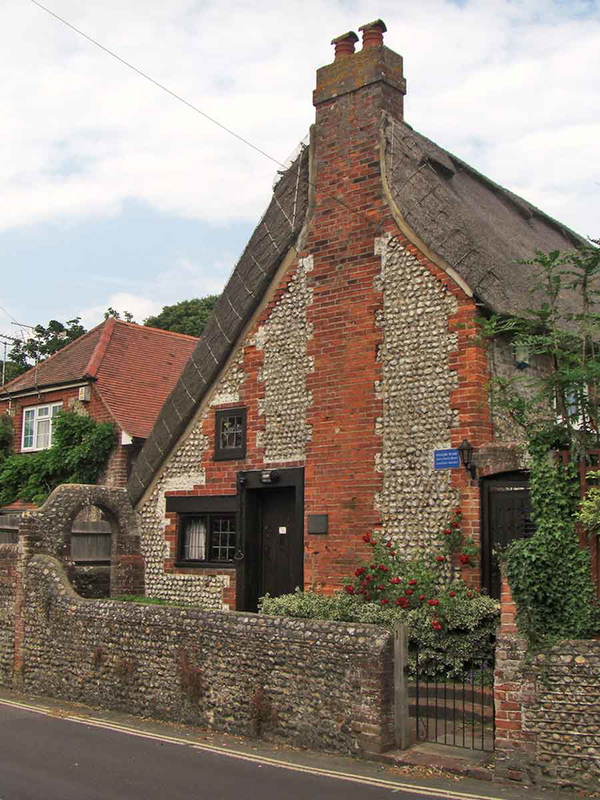
William Blake’s most famous works were inspired by visionary experience, spiritual belief and radical political thought, shaped by both personal conviction and circumstance. From childhood, he claimed to see angels and divine figures, fuelling his belief that imagination was a form of revelation. His poetry and art drew heavily on biblical imagery, classical mythology and mystical philosophy, particularly the ideas of Emanuel Swedenborg.
Blake’s response to Enlightenment rationalism and the social upheavals of his time led to symbolic, often prophetic works such as Songs of Innocence and of Experience and The Marriage of Heaven and Hell, which challenged conventional religion and authority. Financial hardship and marginalisation also played a role (Blake lived in poverty for much of his life), and his wife Catherine Boucher helped him hand-print and colour his illuminated books, making their creation a deeply personal and collaborative act.
How Blake Fused Poetry and Art

William Blake fused poetry and art into a singular vision through his technique of illuminated printing, which allowed him to integrate verse and imagery on the same page. Trained as an engraver, he developed a method of etching both text and design onto copper plates, then hand-coloured each copy with the help of his wife, Catherine. This process gave works like Songs of Innocence and of Experience and The Marriage of Heaven and Hell a unified aesthetic and symbolic depth. Blake believed that imagination was divine, and his composite art reflected a seamless union of spiritual insight and creative form.
Blake’s Life and Beliefs

William Blake’s life and beliefs were shaped by visionary experience, artistic discipline, and revolutionary ideals. Born in Soho, London, he claimed from childhood to see angels and spirits, which formed the basis of his belief in imagination as divine truth. His time in Felpham, Sussex, deepened his spiritual outlook, while his marriage to Catherine Boucher provided emotional and creative support. Politically, Blake was inspired by the American and French Revolutions and maintained ties with radical thinkers like Thomas Paine.
He rejected Enlightenment rationalism and academic conventions, famously scribbling in the margins of Sir Joshua Reynolds’s Discourses: “To Generalise is to be an Idiot.” These influences shaped a body of work that fused mysticism, personal conviction and social defiance into a singular artistic vision.
Why Blake Was Considered Mad

William Blake was considered mad in his time largely because of his visionary claims, unconventional beliefs and rejection of accepted norms. He spoke openly of seeing angels and spirits, and maintained that imagination was divine truth, which many found eccentric or delusional. His mystical philosophy, influenced by Emanuel Swedenborg, and his support for revolutionary ideals challenged religious and political orthodoxy. Blake’s symbolic art and poetry defied Enlightenment rationalism and academic convention, leading some contemporaries to dismiss him as insane. Yet others, like fellow artist Edward Calvert, saw only clarity and conviction in his work.
William Blake’s Legacy

Blake’s legacy has endured and evolved through his influence on literature, art and radical thought. Though largely unrecognised in his lifetime, his visionary fusion of poetry and visual art inspired movements such as the Pre-Raphaelite Brotherhood and the Irish Literary Revival. His critique of authority and advocacy for spiritual and personal freedom resonate with modern concerns, including feminism, LGBTQ+ rights and racial justice. Writers like Philip Pullman and poets such as Allen Ginsberg have cited Blake as a key influence. His lyric Jerusalem, drawn from the preface to Milton, has become a cultural anthem of hope and defiance.


